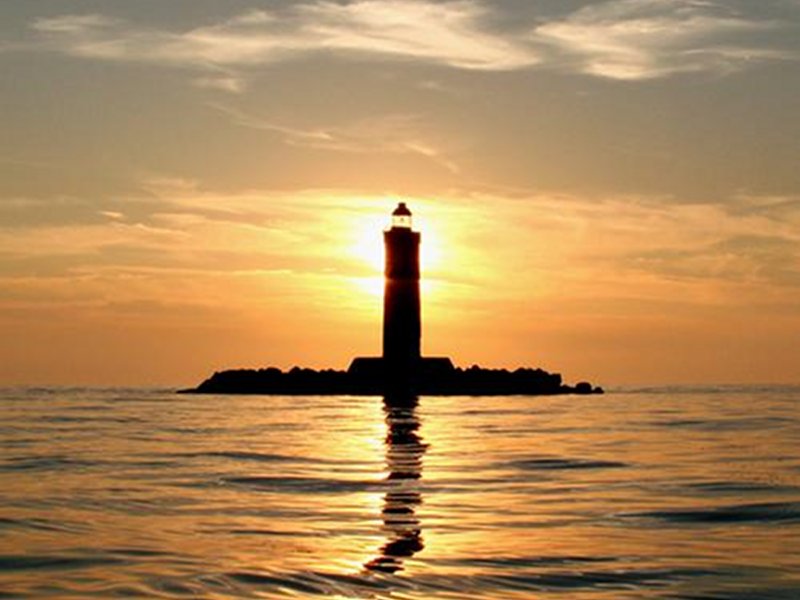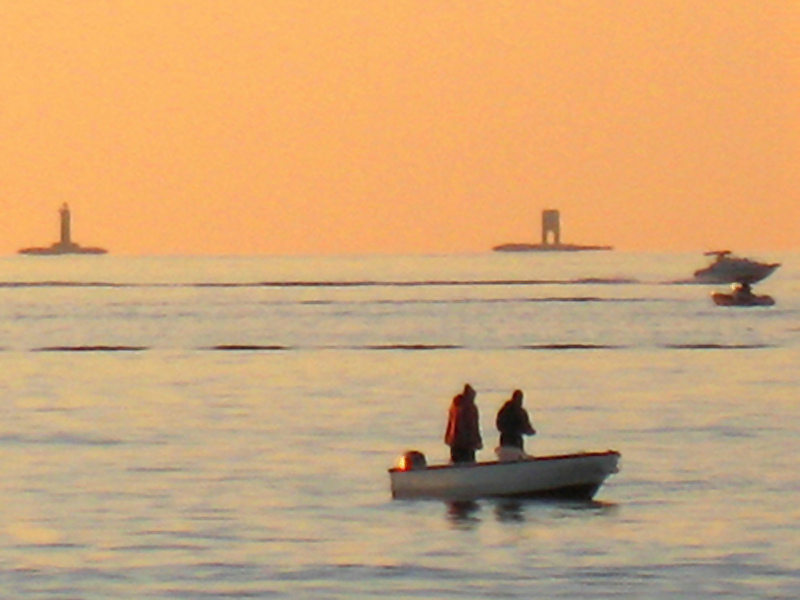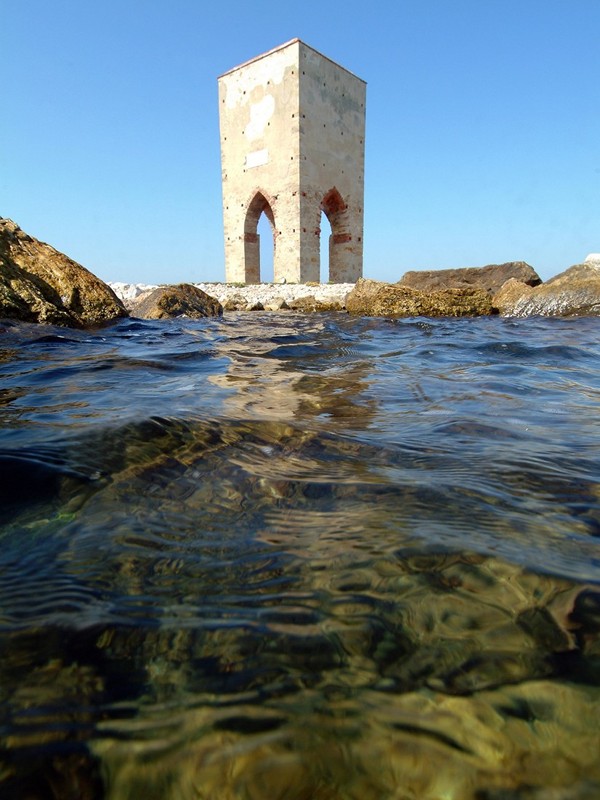Area Marina Protetta Secche della Meloria
www.ampsecchedellameloria.itProtected Area
Identity Card
- Sea Surface Area: 9'372.00 ha
- Regions: Toscana
- Provinces: Livorno, Pisa
- Municipalities: Livorno, Pisa
- Establishment Measures: DM 28/07/2009
- PA Official List: EUAP1227
- Park Authority: Ente Parco Regionale Migliarino, San Rossore, Massaciuccoli
About us
The Secche della Meloria area has been proposed for the realization of a marine park since the 1970s, and it was included in the early 80's among the twenty areas listed in the law 979/82 "Disposizioni per la difesa del mare" (Measures for the protection of the sea) for the establishment of Marine Reserves. It was definitively established with Ministerial Decree on 28th July, 2009. Its management was entrusted to the Migliarino, San Rossore, Massaciuccoli Regional Park.
The marine Protected Area extends over a sea surface of 9,372 hectare, and it is situated 3 miles far from the coast of Livorno extending for about 12 km offshore. It consists of 3 protected areas:
Zone A: integral natural reserve, only the scientific research activities authorized by the Park Authority are allowed.
Zone B: generic reserve, access allowed for boats respecting the eco-friendliness requirements, bathing, scuba diving, tourism fishing, small-scale and sport fishing for residents are also allowed.
Zone C: partial reserve, sailing allowed for liners with a speed under 10 knots, sport fishing allowed upon prior authorization of the Park Authority.
Habitat
The sea bottom of Secche della Meloria consists of several different habitats, such as marine phanerogams grasslands, rock formations, sandy sediment expanses and coral concretions. The prevalent element is represented by the Posidonia oceanica grasslands, that extend up to the bathymetric line of 30 meters and host a high biodiversity, functioning as nursery for many fish species of high trade significance.
Another typical feature is represented by the "catini", that are small round hollows which developed due to the erosion of the rocky sea bottom and can be found at a depth of about 10 meters.
Both the rocky walls of the "catini" - colonized by seaweeds and sessile animals - and the sea bottom - covered with rough biological debris (seashells of mollusks, calcareous skeletons…) - share common features as far as their richness and heterogeneity is concerned, thanks to the presence of rare and unique species.
At a greater depth of about 40 meters, it is possible to find a complex of calcareous concretions secreted over the centuries by animal and plant organisms not loving light.
To the great structural heterogeneity of the substrate - which consists of several different surfaces, clefts and channels - corresponds an extremely varied biological community, able to colonize the entire available space and to make their way even within the rocks by digging galleries.
History
Since they have been scene of many shipwrecks, the waters of Secche della Meloria hold many wrecks that make the area an underwater archaeological site of primary importance. The name "Meloria", in fact, seems to come from some very ancient navigation charts that called the shoals "Malora" (meaning "ruin").
Due to the recurring shipwrecks of ships heading to Pisa's harbor, the Republic of Pisa decided in 1157 to raise a tower which could signal the danger represented by the Secche della Meloria.
On the Marine Protected Area's waters occurred the famous battle of Meloria in 1284, when the maritime Republics of Genoa and Pisa clashed, and where the fleet from Pisa went through a harsh defeat that marked the beginning of its decline as a maritime power.
In 1867 a 20-meters-high metal lighthouse was placed next to the tower, and it considerably increased the visibility of such a dangerous sea stretch. In November 1971 the most serious air crash in the history of the Italian Army in times of peace occurred. The plane "Gesso 4" of the Royal Air Force sank only a few minutes after the take-off from the Pisa San Giusto airport.
In the crash, 46 parachutists of the Folgore Parachute Brigade from Livorno of the Italian Army lost their lives along with 6 members of the english crew.
Over the centuries the Meloria Tower has been destroyed and rebuilt several times, the last renovation works date back to 1986 and were carried out by the Province of Livorno.
Further information










